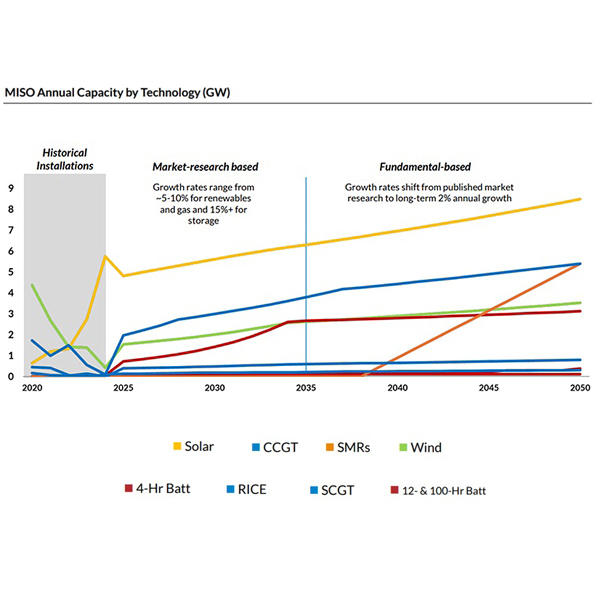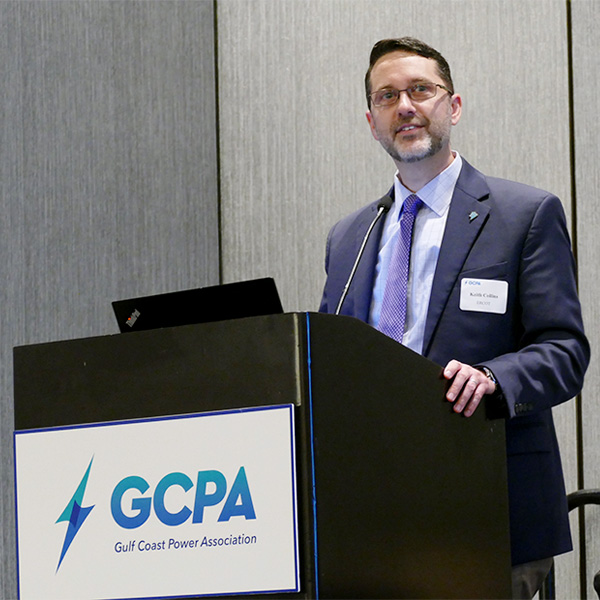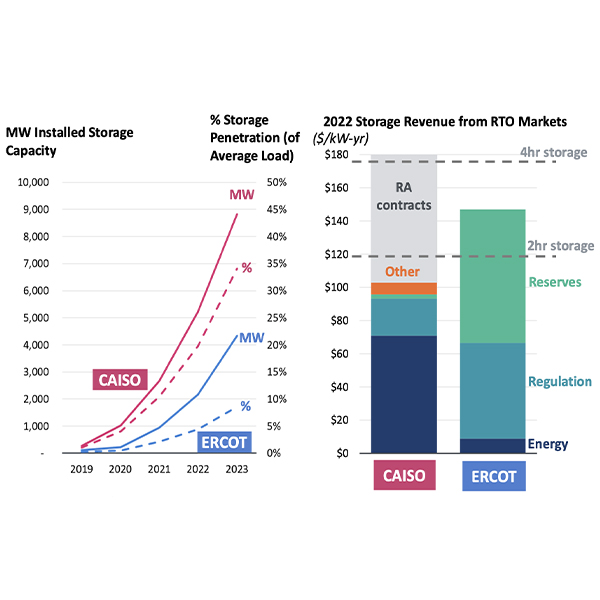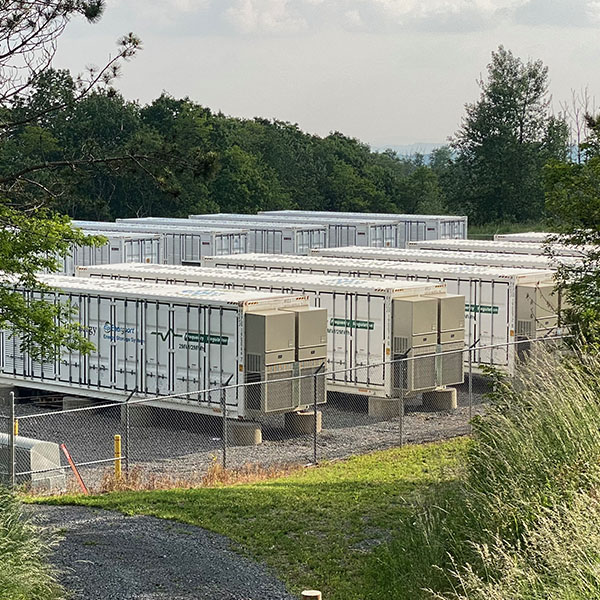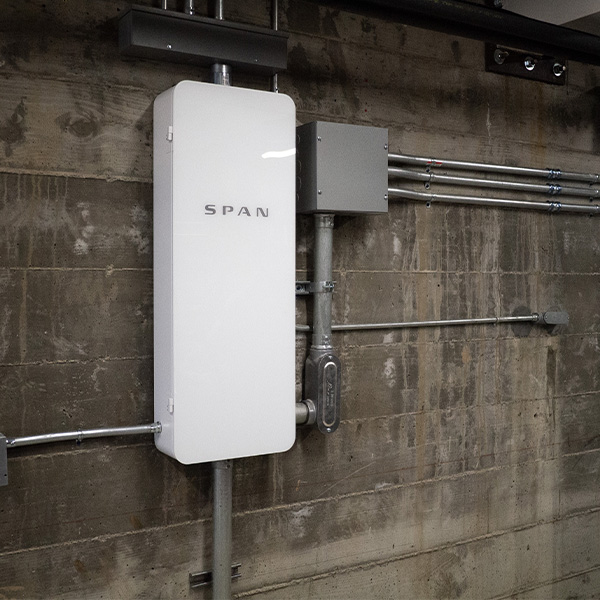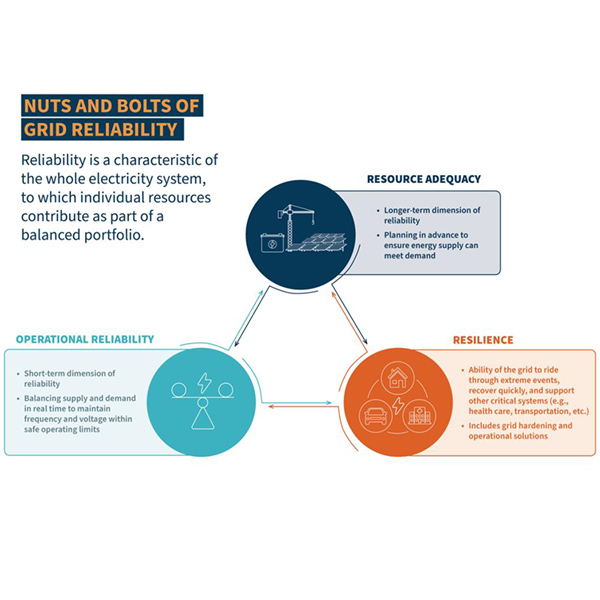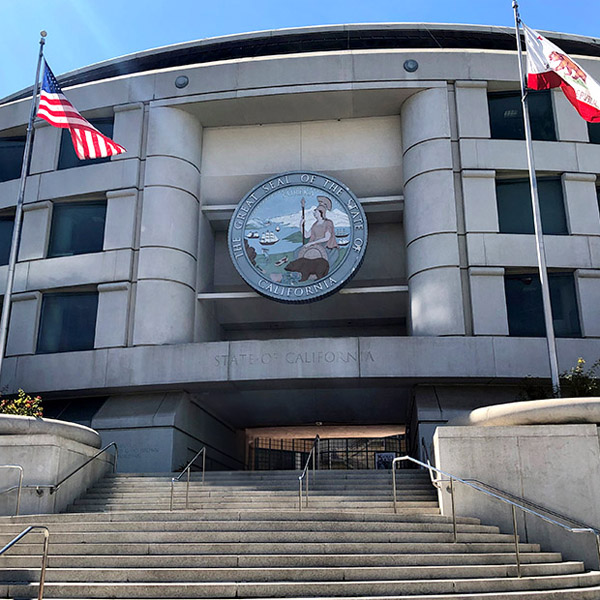Energy Storage
MISO is on its way to installing a fourth, 20-year future to inform transmission planning in case supply chains remain unsteady.
ERCOT is poised to start testing real time co-optimization of energy and ancillary services in a few weeks and bring the change live this December, which will mark the biggest paradigm shift in Texas' wholesale markets in 15 years.
ACP released a report produced by The Brattle Group laying out how organized markets can replicate the success CAISO and ERCOT have had in deploying energy storage resources.
ERCOT, Oncor and the Texas PUC asked FERC to deny a petition from Puerto Rican company Pluvia to bring the territory under the commission’s jurisdiction.
FERC approved filings by two Massachusetts utilities establishing distribution fees for standalone electric energy storage systems that connect to the distribution system but participate in ISO-NE wholesale markets.
Pacific Gas and Electric will meet some of this year’s summer electricity demand in California through a virtual power plant demonstration project that will include as many as 1,900 residential customers.
The current debate in the U.S. electricity sector pitting efforts to increase renewables against the need for grid reliability in the face of growing demand could be unnecessary and counterproductive, according to one expert.
MISO members haven’t landed on easy answers in getting the approximately 54 GW of unfinished generation that has cleared the interconnection queue online sooner.
The California Public Utilities Commission voted to approve stricter safety standards on battery storage facilities following a series of incidents at battery facilities.
Attendees at Yes Energy's annual summit, EMPOWER 25, discussed the Trump administration, pending ERCOT market changes, the future of wind power generation and uses for artificial intelligence, among other topics.
Want more? Advanced Search
